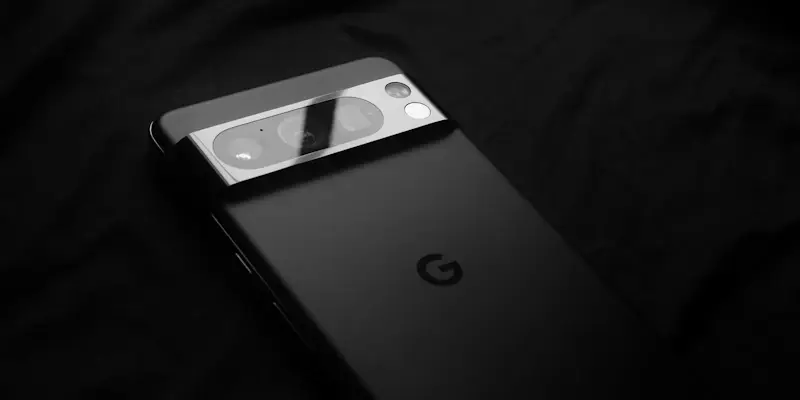In a remarkable advancement for smartphone battery technology, Google has introduced innovative features designed to extend the battery life of its Pixel devices. Focused on optimizing charging processes, these new additions were unveiled in the latest Feature Drop and promise to deliver significant improvements for users.
Limiting Charges to 80%
The first noteworthy feature allows users to limit their Pixel smartphone’s charging processes to 80%. This means that once the setting is activated, the phone will cease charging at 80% instead of continuing to a full charge. Such practice goes a long way in preventing strain on the battery, which typically occurs when charged or discharged fully. By avoiding these extremes, the battery’s overall lifespan could be prolonged, providing a more reliable and enduring power source for users.
The Bypass Charging Function
Adding another layer to battery preservation, Google has introduced a bypass charging feature. This function kicks in once the battery reaches 80% while still connected to the charger. Essentially, power is supplied directly through the USB-C cable, bypassing the battery altogether. This not only helps keep the device cooler, especially beneficial during intensive activities like gaming, but also reduces wear on the battery. It proves particularly useful for those who tend to charge their phone frequently over long periods.
Potential for Google Pixel Tablet Integration
There is also potential for the bypass charging feature to extend to other devices, such as the Google Pixel Tablet. When used as a smart home control center with its docking station, this feature can significantly extend the battery life by reducing the stress on the battery. Thus, Google’s latest innovations might not be limited to smartphones alone.
Challenges of Frequent Charging
Within a broader context, these advancements address a fundamental challenge faced by batteries—frequent charging and discharging cycles. By adopting practices like limiting charges to 80% and incorporating bypass charging, the overall number of charge cycles can be increased. Ultimately, this helps in mitigating the inevitable degradation that occurs over time, maintaining battery health for a sustained period.
Commitment to Device Longevity
In an impressive leap forward for smartphone battery technology, Google has unveiled cutting-edge features aimed at prolonging the battery life of its Pixel series. Revealed in the most recent Feature Drop, these new advancements concentrate on enhancing the charging process, ensuring that users can experience a more reliable and extended battery lifespan.
One of the key innovations is the Adaptive Charging feature, which adjusts the charging speed based on your usage patterns to preserve battery health over time. This intelligent approach ensures that your Pixel phone charges efficiently and safely, preventing overcharging during extended periods of plug-in. Additionally, the new Extreme Battery Saver feature offers an even greater extension of battery life by limiting active apps and features, allowing up to 48 hours of usage on a single charge. With these updates, Google aims to address one of the most universal pain points among smartphone users—battery life—making sure their devices stay powered up and functional for longer periods. This significant enhancement in battery optimization demonstrates Google’s commitment to delivering a smarter and more seamless user experience for its Pixel device owners.

